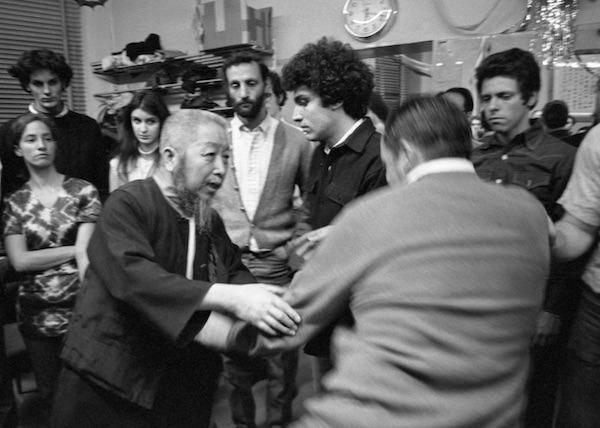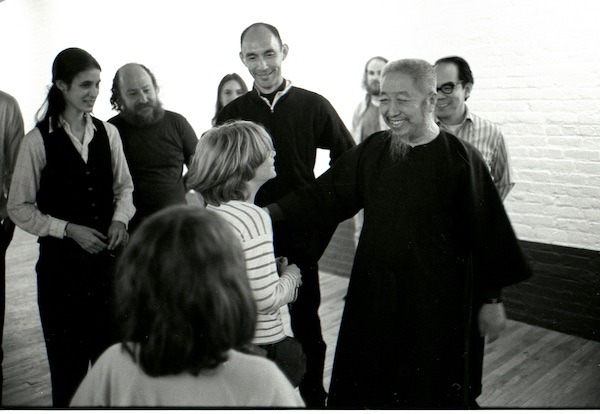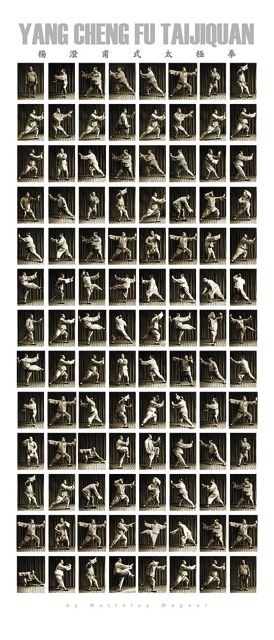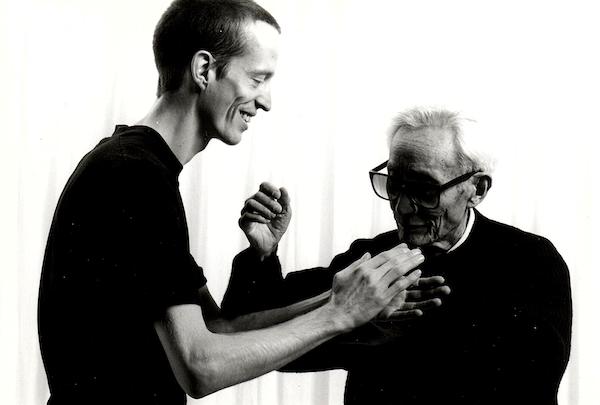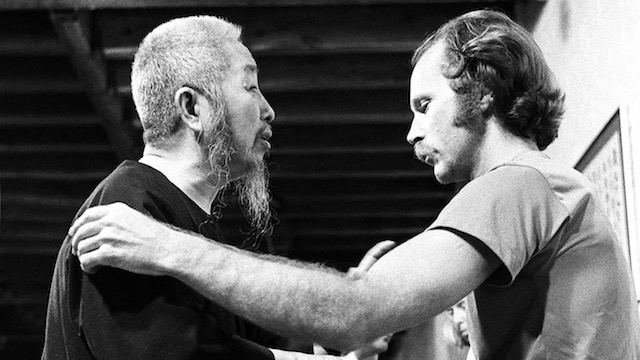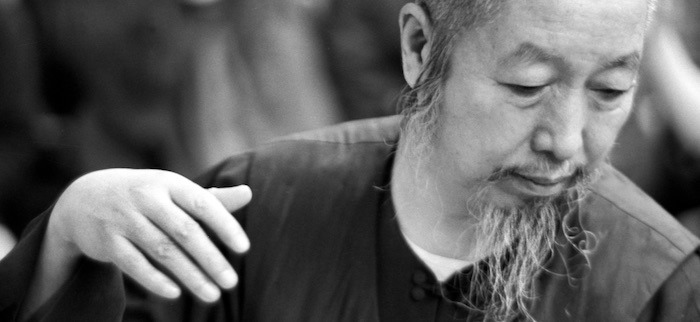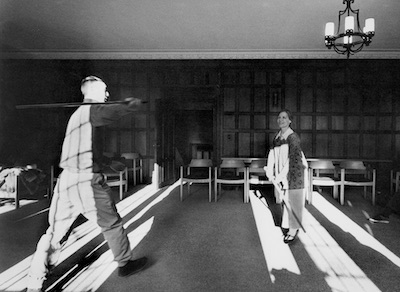Shortening and Changing the Yang Form – Notes on Cheng Man Ching’s Tai Chi System V
When Cheng Man Ching changed the Yang form, it was not simply to make it shorter. The two other changes that he made are essentially much more significant.
Shortening and Changing the Yang Form
Omissions following the Tai Chi Principles
Cheng Man Ching omitted several moves that are martial, but do not conform the core principles of Tai Chi.
‘Needle at Sea Bottom’ is a Chin Na move and ‘Strike ears with fists’ is a basic striking move that can be found among Shaolin or Gung Fu techniques.
Balancing offence and defense
Cheng Man Ching made another adjustment. In the Yang long form, after executing an aggressive move (a punch or strike), they simply step forward with the back foot into the next move, or they twist the forward foot out 45º and then step forward with the back foot. In Cheng Man Ching’s form, we sit 100% into the back foot, before we step forward into the next 70/30 position. Each of these sit backs are creating a balance between offence and defense. There are transitions as well: The one after ‘White Crane’ and the one after the low punch are simply ‘getting out of the way’, the rest are essentially ‘roll backs’, as explained above.
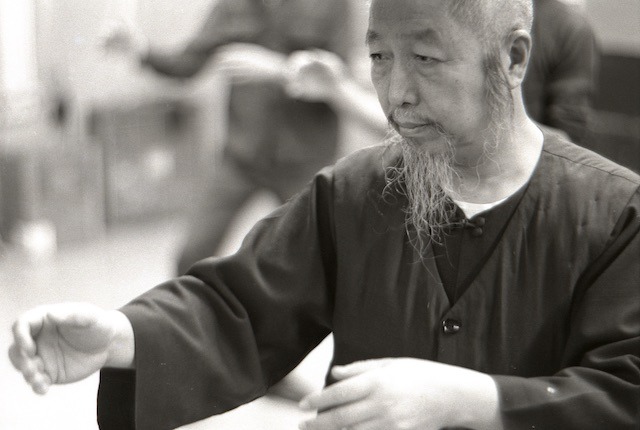
Reading the changes
My point being:
- Roll back is known as the signature move in Tai Chi, it is a defensive move.
- CMC created several more roll backs when he shortened the form.
- CMC omitted several purely martial moves.
- CMC eschewed contention, competition, struggling, fighting and the desire to win.
- He wanted Tai Chi to evolve as a ‘Way’, to health, vitality and safety, not just a way to beat or push somebody.
Author: Ken van Sickle
Images: Ken van Sickle and Matthias Wagner (Poster Yang Cheng Fu)
German version of the article series
- Notes on Cheng Man Ching’s Tai Chi System
- Fight or Flight: Tai Chi’s general attitude
- Tai Chi is „swimming in air“
- (Mis)alignment in Tai Chi
- Roll Back
- The Cheng Man Ching 37 Form – Shortening and Changing the Yang Form
- Cheng Man Ching Push Hands
- Tai Chi’s Role
- Ride the Horse in the Direction it is Going
- Momentum
Shortening and Changing the Yang Form
Cheng Man Ching Yang style Professor Cheng Man Ching (1900 – 1975) learned Tai Chi Chuan in the tradition of the classical Yang style from Yang Chengfu in Shanghai. There he was close friends with Ma Yueliang, the representative figure of the new Wu style. After the death of his teacher Yang Chengfu in 1935, and with the permission of Chen Weiming, a student of Yang Chengfu, and his father Yang Jianhou, Cheng Man Ching developed the so-called “short form”, in which 37 positions are counted, from the the well-known long form with 85 or 108 positions, depending on how they are counted.

